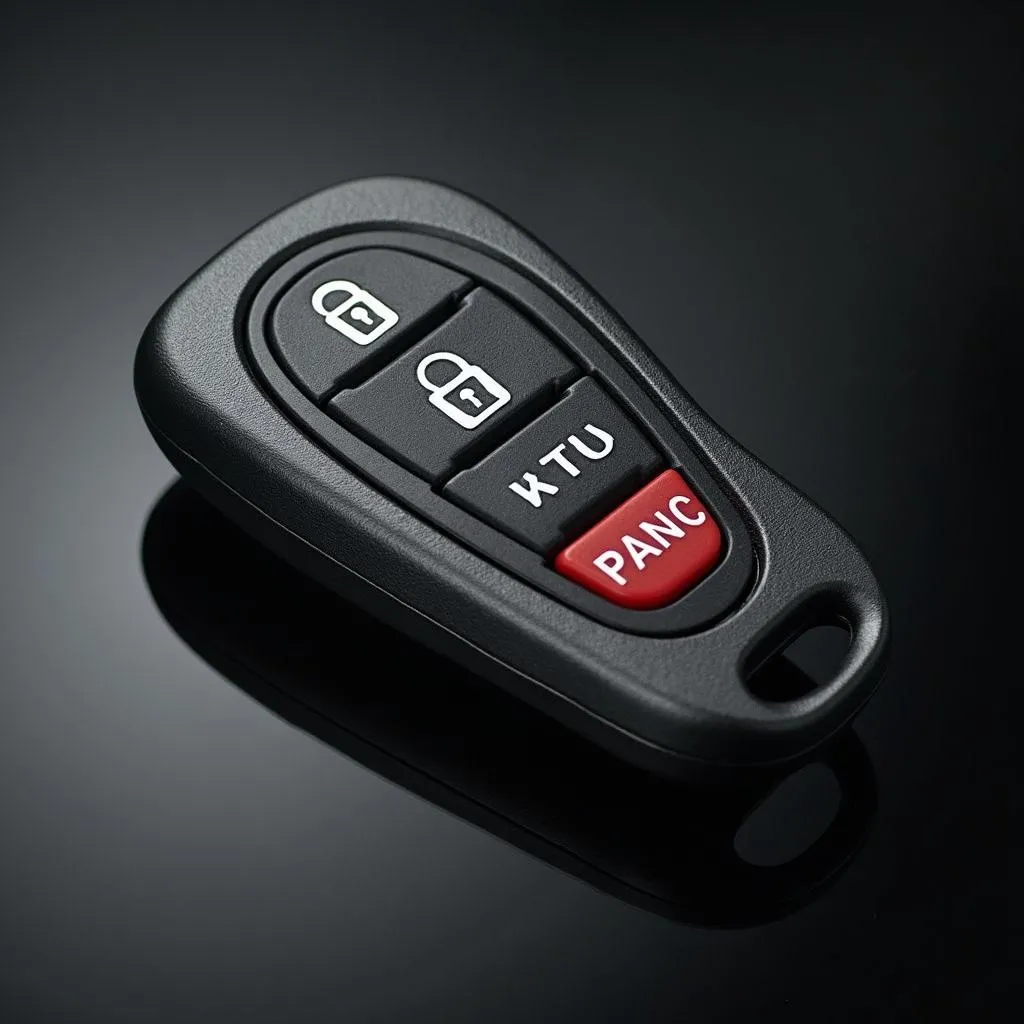The Warner double c-face brake is a critical component found in various industrial applications, from material handling to construction equipment. This robust braking system is known for its reliability and durability, but like any mechanical system, it can occasionally encounter issues. This comprehensive guide dives deep into common problems associated with the Warner double c-face brake, providing practical solutions and remote troubleshooting tips.
Understanding the Warner Double C-Face Brake
Before diving into troubleshooting, it’s crucial to understand the basic operation of this brake system. The Warner double c-face brake uses two friction discs mounted on a shaft, sandwiched between the brake housing and the pressure plate. The pressure plate, actuated by either an electromagnet or hydraulic pressure, clamps the discs together, generating the stopping force. This configuration allows for mounting on either side of the brake, offering design flexibility.
Common Warner Double C-Face Brake Problems and Solutions
Several factors can contribute to issues with your Warner double c-face brake. Here’s a breakdown of frequently encountered problems and how to address them:
1. Brake Slippage
Symptoms: If you experience longer stopping distances, hear unusual noises during braking, or notice overheating of the brake components, brake slippage might be the culprit.
Possible Causes:
- Worn Friction Material: Over time, the brake pads can wear down, reducing their effectiveness.
- Contaminated Friction Surfaces: Oil, grease, or other contaminants can significantly reduce friction, leading to slippage.
- Incorrect Air Gap: An improper distance between the friction surfaces and the disc can result in insufficient clamping force.
Troubleshooting and Solutions:
- Inspect Friction Material: Check the thickness of the friction pads. If they are worn beyond the recommended limit, replace them immediately.
- Clean Friction Surfaces: Thoroughly clean the friction discs and pads using a brake cleaner. Ensure no contaminants are present.
- Adjust Air Gap: Consult your Warner double c-face brake manual for the correct air gap specification and adjust accordingly. This often involves adjusting the actuator.
2. Brake Drag
Symptoms: If you experience increased motor load, overheating of the brake, or the motor struggling to reach full speed, brake drag might be the issue.
Possible Causes:
- Sticking Actuator: A malfunctioning actuator, whether electromagnetic or hydraulic, can cause the brake to remain partially engaged.
- Obstructed Release Mechanism: Dirt, debris, or misalignment can hinder the release mechanism, preventing the brake from disengaging fully.
- Swollen or Damaged Friction Material: Exposure to excessive heat or moisture can damage the friction material, causing it to swell and create drag.
Troubleshooting and Solutions:
- Inspect and Free the Actuator: Check for any physical obstructions or damage to the actuator. Clean and lubricate moving parts as needed. If malfunctioning, replace the actuator.
- Examine and Clear Release Mechanism: Ensure the release springs or mechanisms are functioning correctly and are free from obstructions. Clean and lubricate as necessary.
- Replace Damaged Friction Material: If the friction pads show signs of swelling, cracking, or excessive glazing, replace them with new ones.
3. Noise During Operation
Symptoms: Grinding, squealing, or scraping noises during braking are clear indicators of potential problems.
Possible Causes:
- Worn Friction Material: As the friction material wears down, it can generate noise, especially if it has reached its wear limit.
- Glazed Friction Surfaces: Excessive heat can cause the friction material to become glazed, reducing friction and creating noise.
- Loose Components: Loose mounting bolts, springs, or other components can vibrate during operation, producing noise.
Troubleshooting and Solutions:
- Replace Worn Friction Pads: If the friction pads are nearing the end of their service life, replace them.
- Address Glazing: If the friction material is glazed, you can try to deglaze it using a brake deglazing tool or sandpaper. However, replacement is often the recommended solution.
- Tighten Loose Components: Thoroughly inspect all mounting bolts, springs, and other components for looseness and tighten them to the manufacturer’s specifications.
Remote Diagnostics and Software Solutions
Advancements in automotive technology have paved the way for remote diagnostics and software solutions for addressing brake system issues. While the Warner double c-face brake is primarily used in industrial applications, similar principles can apply.
- Remote Diagnostics: Some manufacturers are incorporating telematics and sensors that allow remote monitoring of brake system performance. This data can be accessed by technicians to diagnose issues and predict potential problems before they escalate.
- Software Updates: Electronic control units (ECUs) are increasingly integrated into brake systems. Software updates for these ECUs can optimize brake performance, address known issues, and even unlock new features.
Expert Insight: “The future of brake system maintenance lies in proactive diagnostics and remote solutions,” says John Miller, a senior mechatronics engineer specializing in brake systems. “By leveraging data analytics and software updates, we can significantly reduce downtime and enhance overall safety.”
Preventive Maintenance Tips for Warner Double C-Face Brakes
Regular maintenance is crucial to ensuring the longevity and optimal performance of your Warner double c-face brake. Here are some essential preventive maintenance practices:
- Regular Inspections: Inspect the brake components visually for wear, damage, or any signs of contamination at least every six months or as per the manufacturer’s recommendations.
- Lubrication: Properly lubricate all moving parts, such as pivot points, actuator components, and release mechanisms, using a high-temperature brake grease.
- Friction Material Checks: Regularly check the thickness of the friction pads and replace them before they reach their wear limit.
- Adjustments: Periodically check and adjust the air gap according to the manufacturer’s specifications.
Conclusion
Troubleshooting Warner double c-face brake issues involves a systematic approach, from understanding the symptoms to applying appropriate solutions. By following the guidelines and preventive measures outlined in this article, you can effectively address most common problems. Remember to consult the manufacturer’s documentation for specific instructions related to your brake model.
By embracing remote diagnostics and software solutions, we can further enhance the reliability and safety of these essential braking systems in the future.

